Coronavirus (Covid 19), was first detected in Wuhan, China. It is an infectious and deadly virus that causes respiratory disease. The World Health Organization (WHO) declared coronavirus outbreak an “Emergency for public health” on January 30, 2020. After virus spread all over the world, it declared the outbreak a PANDEMIC on March 11, 2020 due to the increased risk. This is the highest alarm level for an outbreak. The most important symptoms of coronavirus are flu-like symptoms such as fever, dry cough, body aches and shortness of breath. Mortality rate of the virus is around 2%. However, it can be more lethal in people with chronic diseases and the elderly. This article will help you find answers based on scientific data to the questions frequently asked about coronavirus (Covid 19).
Table of Contents
What is Coronavirus?
Coronavirus (2019-nCoV / Covid 19) is a new, lethal strain that causes a kind of respiratory disease. Coronaviruses are a large family of viruses, some of which cause illness in humans, while others cause illness in bats, camels and cats. Rarely, animal coronaviruses can be transmitted to humans (such as SARS and MERS). However, once transmitted from an animal, it can also be transmitted from infected person to other uninfected people as easily as flu. (1)
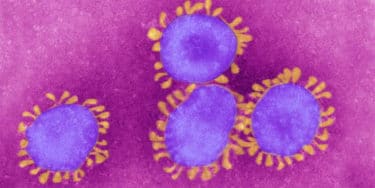
Coronavirus (2019-nCoV), which first discovered at the end of 2019 and continues to spread rapidly across the world since then, is a new coronavirus strain without a previous diagnosis in humans that has not been previously identified in humans. Initially, most of the patients were those who were workers at or customers of a large seafood and animal market in Wuhan. However, it rapidly spread across the cities in different places.
Therefore, it is defined as “novel”. As it is easily transmitted, it spread all over the world in a few months. It is closely related to the SARS coronavirus and is from the same family with the MERS coronavirus. Studies are still being conducted on virus structure, transmission and prevention methods, symptoms and treatment etc.
You can follow the countries where the coronavirus is still spreading around the world and the number of infected people from the online report kept up-to-date by Johns Hopkins University: >>> Click here! You can also see the number of patients from the WHO database via this link: >>> (2)
Transmission of Coronavirus
Infection path is very similar to flu. Mostly, person-to-person transmission occurs via close contact (about in 2 meters). When an infected person coughs or sneezes, as in flu and other respiratory diseases, respiratory droplets are scattered in the air.
It has been reported that droplets containing virus can hang in closed indoor air for up to 3 hours. These virus-carrying droplets cause infection in people nearby through mouth and nose contact and settle in their lungs when inhaled. (3)
Coronaviruses can be transmitted through surfaces and direct contact like flu viruses. The incubation period (ie, the time from virus exposure to the onset of symptoms) for coronavirus is currently estimated to be 2 to 7 days. However, in some coronavirus cases, a transmission from an infected patient who did not show any symptoms of the disease was also observed. Therefore, the risk is very high. (4) Coronaviruses can remain active for 3 to 48 hours on metal surfaces, 24 hours on cardboard surfaces and 72 hours on plastic surfaces. You should avoid touching the surfaces in common use areas such as transportation and shopping centers and shouldn’t also touch the eyes and mouth with hands after contacts with such surfaces and objects.
Coronavirus prevention and Protection
How to avoid catching and spreading coronavirus?
The most effective way for protection from coronavirus infection is to avoid exposure to the virus. You can protect yourself from the coronavirus by taking some daily protective measures recommended by WHO (5) as follows:
How do I protect myself from coronavirus?
 Wash your hands with soap and water for at least 20 seconds
Wash your hands with soap and water for at least 20 seconds- If water is not readily available, use a hand sanitizer that contains at least 60% alcohol
- Avoid touching your eyes, nose, and mouth with unwashed hands
- Avoid close contact with sick or suspicious people
- If you are sick, stay at home, definitely inform a health institution
- Cover your mouth with a tissue while coughing or sneezing, and throw it in the trash
- Clean and disinfect frequently touched objects and surfaces
Although facemasks prevent infected people to transmit the virus, they are not protective enough for healthy people. It may be beneficial to wear protective gloves in risky areas.
Self protection in places with coronavirus outbreak
- Avoid contact with sick people, especially with those coughing,
- Do not go to animal markets where live or dead animals are sold,
- Follow general rules on hand and food hygiene; wash your hands with soap and water before eating, after using the toilet, or after contact with animals. If you cannot find water and soap, use an alcohol-based hand sanitizer,
- Avoid contact with animals, their secretions or feces,
- If you make contact with an infected person, check yourself from the first encounter on and when you realize any symptoms, call any healthcare provider for advice stating that you have been in China.
Recommendations for those returning from coronavirus outbreak areas
Especially if you return from countries and cities with the outbreak, and have cough, fever or feel shortness of breath;
• Stay at home. Don’t go to work, school or public places
• Avoid contact with other people
• Do not leave your home without a medical advice
• Always ask help from a specialist regarding your treatment
• Do not accept visitors to your home. You can accept food by door delivery
• Ask help from a friend, family member or delivery service to assist you with your outdoor duties during 14 days.
Symptoms of Coronavirus
- High fever (%88)

- Dry Cough (%68)
- Fatigue (% 38)
- Wet Cough (33%)
- Difficulty in breathing (% 19)
- Muscle, joint Pain (15%)
- Sore Throat (14%)
- Headache (%14)
- Tremors (11%)
Nausea, vomiting (5%)
These symptoms do not differ from usual flu symptoms. However, in more severe cases, severe pneumonia, acute respiratory distress syndrome, sepsis and septic shock may develop, which can lead to death. (6) Children, the elderly and people with chronic diseases may be more vulnerable to the virus.
Diagnosis of Coronavirus
In the diagnosis of coronavirus infection, throat culture or fluids from the lungs are taken and tested in a laboratory environment. If there is any indicator of the virus in the samples, the diagnosis is made. Corona virus test can be done in our country by the Ministry of Health in hospitals with adequate microbiology service. (7)
When to have Coronavirus test?
You may need to have a corona virus test;
- If you have at least one of the symptoms of acute respiratory infection (cough, sore throat or shortness of breath),
- If you have had close contact with anyone who has been diagnosed with the infection,
- If you have travelled to a coronavirus outbreak area,
- If you have worked or are still working in a healthcare facility where infected patients are treated
Consult your doctor to guide you in this situation.
Treatment of Coronavirus
There is still no specific treatment for coronavirus disease. Treatment is determined according to the symptoms. For example, if the body temperature is high due to fever, it is relived, or oxygen therapy is administered for breathing problems. These supportive treatments can be quite effective for infected patients. If the symptoms of a patient are getting worse, appropriate supportive treatment should be administered.
It will also be beneficial to care for the elderly, pregnant women and patients in the risk group in a hospital with an intensive care unit. Furthermore, if people with underlying chronic diseases such as lung disease, cancer, heart failure, cerebrovascular disease, kidney disease, liver disease, diabetes, immune deficiency are infected with coronavirus, they should be hospitalized and treated as their risk is higher. (8)
Is there a vaccine for coronavirus?
There is no vaccine for coronaviruses, including 2019-nCoV. Therefore, it is very important to take the necessary measures to prevent infection or post-infection spreading. Many scientists from different countries are currently working extensively on developing a coronavirus vaccine.
Does the flu vaccine protect from Coronavirus?
Influenza and 2019-nCoV are two very different viruses, and the seasonal flu vaccine does not protect against diseases caused by 2019-nCoV.
Does Coronavirus kill and how?
As the data regarding the disease epidemiology are limited, risk groups are not exactly known. However, young children, the elderly, people with immune system disorders and those with chronic diseases (hypertension, heart, diabetes, liver diseases, respiratory diseases, etc.) may experience more severe symptoms. Some of these symptoms may lead to death.
Age groups in the virus-related deaths
The risk is higher in people with chronic lung and heart diseases. Severe diseases and mortality rate increases with age and underlying health conditions. The highest mortality rate is seen at the ages of over 70.
Age-based mortality rate of coronavirus
| Age | Mortality Rate |
| >80 years | 14.8 % |
| 70-79 years | 8.0 % |
| 60-69 years | 3.6 % |
| 50-59 years | 1.3 % |
| 40-49 years | 0.4 % |
| 10-39 years | 0.2 % |
| Children at the ages of 0-9 | No death reported |
Mortality rates is much higher in those with an underlying diseases. Men have a higher mortality rate compared to women. In some studies, the mortality rates of men and women were reported to be 2.8% and 1.7%, respectively.
Mortality rate with an underlying disease
| Diseases | Mortality Rate |
| Cardiovascular disease | 10.5 % |
| Diabetes | 7.5 % |
| Chronic Lung Diseases | 6.3 % |
| Hypertension | 6 % |
| Cancer | 5.6 % |
| Healthy individuals | 0.9 % |
According to the World Health Organization (WHO) report on March 14, 2020, the number of coronavirus cases seen worldwide is around 155,000 and among these, 80,000 cases are in China. 5,800 people died from coronavirus. You can reach the up-to-date data of the WHO via: >>>

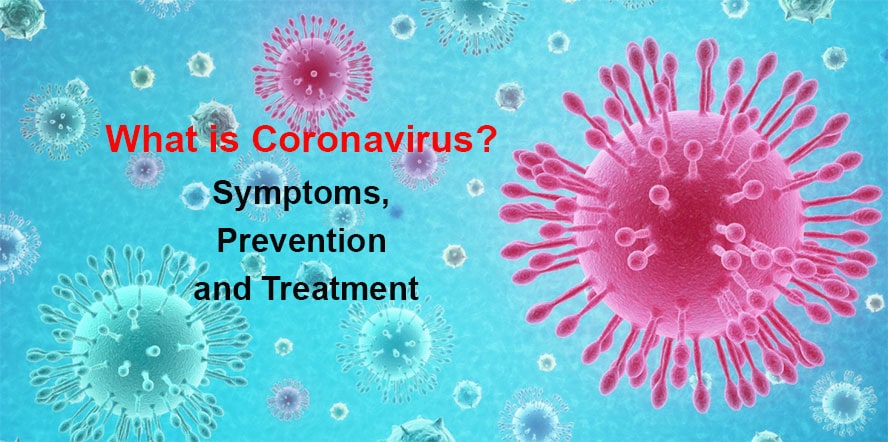
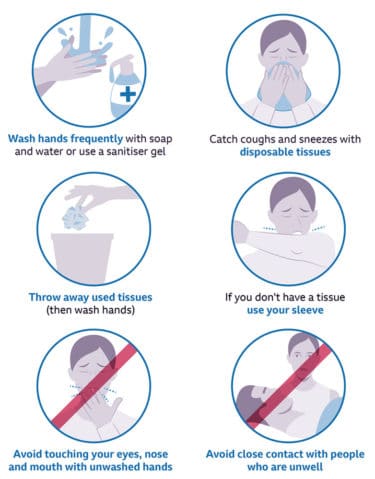
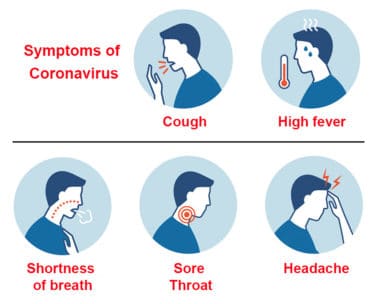


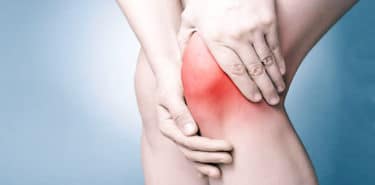
muy bien resumido y clarificador